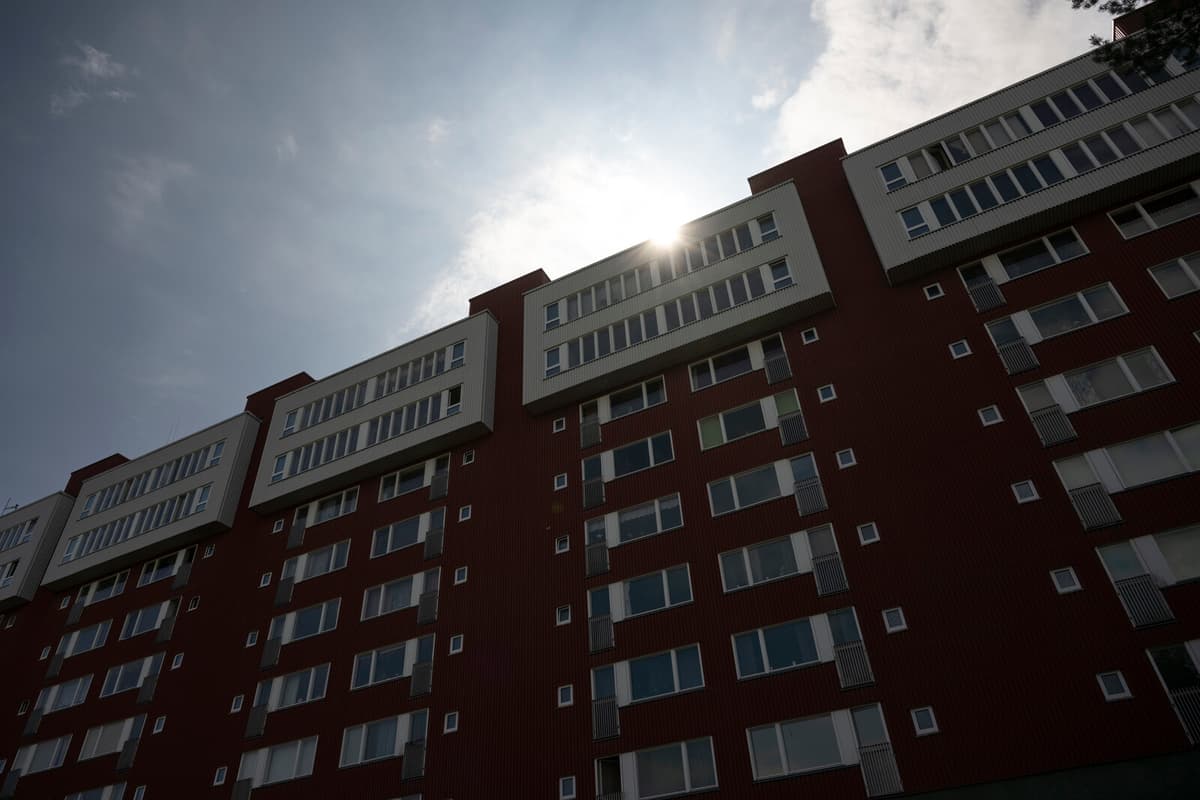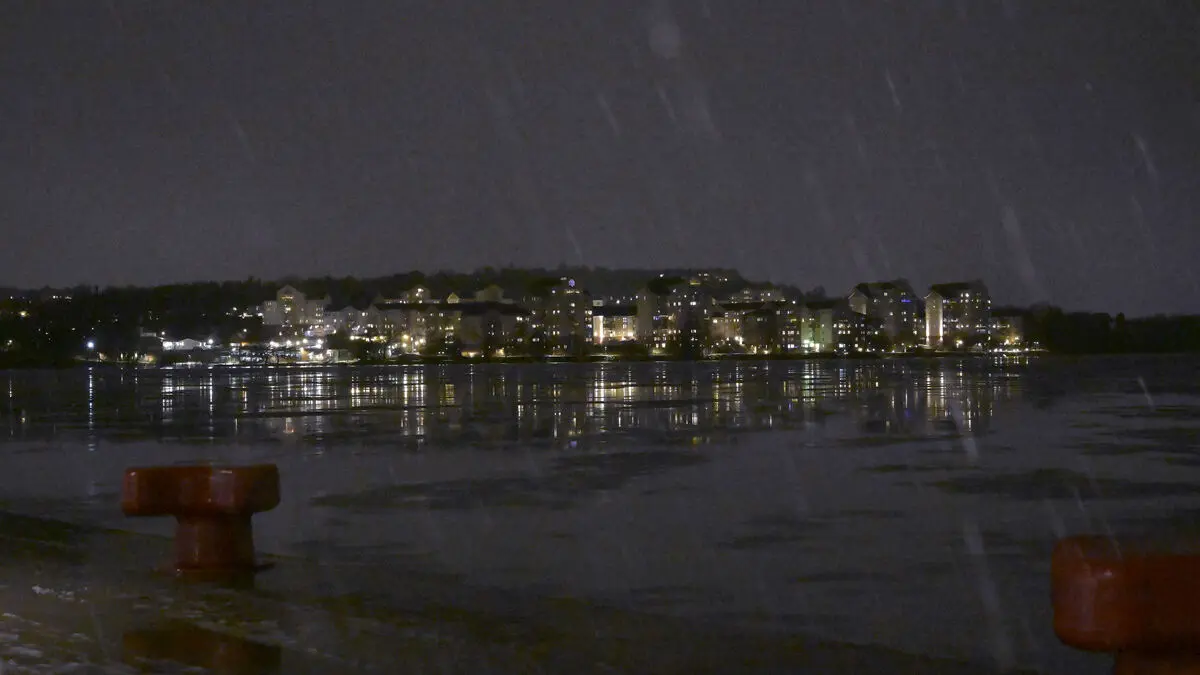It is two of the proposals in an investigation that are being submitted to Minister for Labour Market and Integration Mats Persson (L) on Wednesday.
The investigation is in line with the government's policy, says Mats Persson, who particularly highlights that municipalities will have greater influence with the new proposals.
Today, all municipalities are required to receive assigned newly arrived immigrants, i.e. asylum seekers who have been granted residence permits. This has been the case since 2016, when a new law was introduced in the wake of the refugee crisis. At that time, voluntary agreements were not sufficient.
But now that there are many fewer refugees coming, the government wants to review the system.
Desired number
The investigator proposes that municipalities should have greater influence over how many newly arrived immigrants they should receive, by being given the opportunity to specify a desired municipal allocation. Today, there are municipalities that want to receive more than they are assigned, while other municipalities have difficulty coping with their reception, sometimes as a result of having received many previously.
In the new model, it will be possible for municipalities to wish for zero newly arrived immigrants.
They cannot ultimately say no, but they can wish for zero in their municipal allocation and if there are also municipalities that can receive more, the consequence may be that they get zero, says investigator Mathias Wahlsten.
But if the equation does not add up, the municipality must receive the number assigned by the Migration Agency.
Increased requirements
The requirements for newly arrived immigrants will also increase. The investigator has been tasked with proposing a new model, called "establishment housing", where newly arrived immigrants will have the right to live for a maximum of three years. The idea is that newly arrived immigrants must actively contribute to establishing themselves in society and working life in order to receive such housing.
Failing to actively contribute to their establishment can also be a reason for losing the housing.
It will also be possible to weigh in more factors when determining how newly arrived immigrants should be distributed. Today, one looks at the labour market situation and how many refugees and asylum seekers the municipality has received in total. The investigator proposes that one should also take into account the housing situation and whether there are problems with areas of exclusion.
The system for settlement does not cover all newly arrived immigrants. Many asylum seekers who have been granted residence permits arrange their own housing, around 40 per cent in 2022, according to the directives to the investigation.
The proposals will now be sent out for consultation, but the goal is to have new legislation in place by the summer of 2026.





